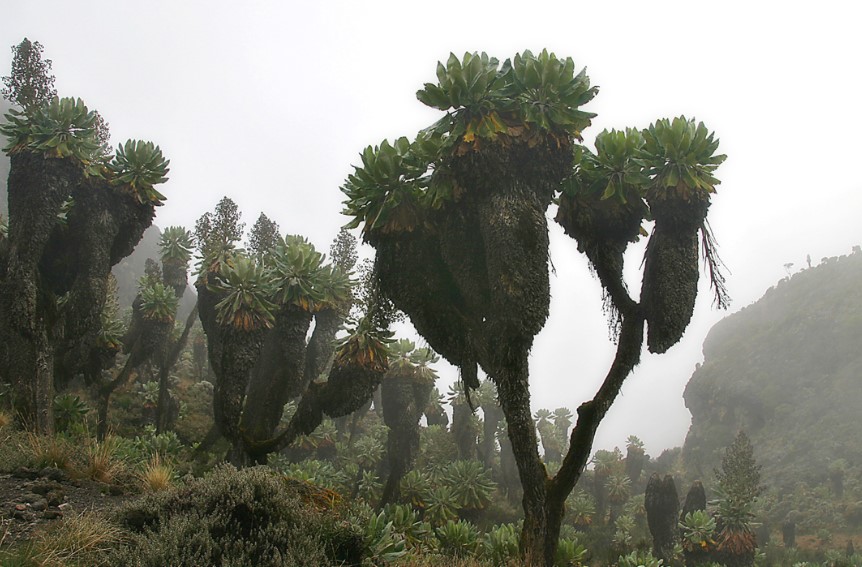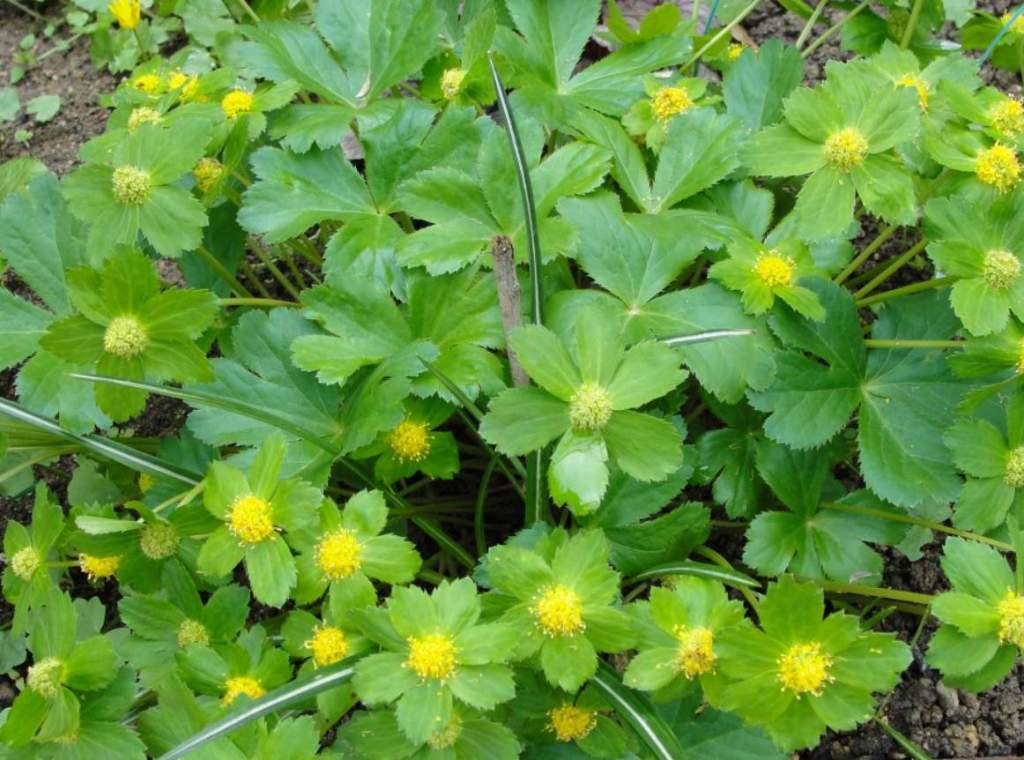Description:
Kilimanjaro Mountain is known for its unique ability to attract isolated, mutated, and rare species of plants, animals, insects, and fungi that are almost impossible to find anywhere else. It is worth pointing out that Mount Kilimanjaro is Africa’s highest mountain and the world’s tallest freestanding mountain at 5,895 meters in elevation. A few of the exclusive plant species that thrive in the mountain’s ecosystem include the Dendrosenecio kilimanjari, more commonly known as the giant groundsel, which is one of the species found only in the mountain.
The giant plant occupies a prominent position in the landscape of the mountain range, and it is a very important part of the ecosystem of this region because of its iconic nature. Giant groundsel is one of the types of prehistoric plants that evolved around a million years ago, during the period of subzero temperatures, where they learned how to survive.
The plant has the ability to reach a height of 30 feet when it is fully grown. The purpose of this article is to explore the Dendrosenecio kilimanjari plant in detail, from its physical characteristics to its habitat, and its significance within the ecosystem as a whole.

Appearance
Originally classified as Senecio kilimanjari, it was recently split off from Senecio to become Dendrosenecio, along with other species. Asteraceae is the family to which both genera belong. Dendrosenecio kilimanjari is a giant groundsel plant that is a tree-like plant with a woody trunk that can grow up to six meters tall. Its leaves are green and shaped like a hand, with up to seven fingers that have serrated edges. The plant produces yellow flowers that bloom at the top of the stem. Moths, butterflies, and bees pollinate the flowers.
Habitat
The giant groundsel plant is native to the alpine zone of Mount Kilimanjaro, which is a unique ecological zone characterized by cold temperatures and low oxygen levels. The plant grows in rocky, well-drained soil, often in association with other alpine plants such as lobelias and everlasting flowers. The Dendrosenecio kilimanjari plant is adapted to the harsh conditions of the mountain, including strong winds, cold temperatures, and intense sunlight.
Ecological Significance
The Dendrosenecio kilimanjari plant plays a crucial role in the ecology of the mountain. It provides habitat and food for a wide range of animals, including insects, birds, and mammals. The plant’s woody trunk provides shelter for rodents and birds, whereas its leaves are a source of food for herbivorous animals such as buffalos and elephants. The plant also helps stabilize the soil on the mountain, preventing soil erosion and landslides. To withstand the harsh climate, these plants hold the mountain lands tightly together.

Conservation
The Dendrosenecio kilimanjari plant is listed as a vulnerable species by the International Union for Conservation of Nature (IUCN). The plant’s population has been declining due to a range of factors, including climate change, habitat loss, and illegal harvesting. There are stringent efforts underway to conserve the species, including habitat restoration and protection, as well as education and awareness campaigns to promote sustainable tourism practices.
Ending Note:
Dendrosenecio kilimanjari is a unique and iconic plant species that thrives in the harsh environmental conditions of Mount Kilimanjaro. Its physical characteristics, habitat, and ecological significance make it an essential part of the mountain’s ecosystem. As an endangered species, efforts must be made to conserve the rare plant, both for its intrinsic value and for the ecological services it provides. The gift that God has given humanity is one of the most beautiful things in the world. The above reasons are perfect motivation to pay a visit for the perfect family safari tour.

Scientific Classification
Binomial Name: Dendrosenecio kilimanjari
Kingdom: Plantae
Family: Asteraceae
Clade: Tracheophytes
Clade: Angiosperms
Clade: Eudicots
Order: Asterales
Genus: Dendrosenecio
Clade: Asterids
Species: D. kilimanjari
Synonyms: Senecio kilimanjari Mildbr







